Ember tetra - Hyphessobrycon amandae
Scientific name: Hyphessobrycon amandae
Common name: Ember tetra
Family: Characidae
Usual size in fish tanks: 2 - 3 cm (0.79 - 1.18 inch)
014
Recommended pH range: 6.5 - 7.3
Recommended water hardness: 5 - 17°N (89.29 - 303.57ppm)
0°C 32°F30°C 86°F
Recommended temperature range: 23 - 29 °C (73.4 - 84.2°F)
The way how these fish reproduce: Spawning
Where the species comes from: South America
Temperament to its own species: peaceful
Temperament toward other fish species: peaceful
Usual place in the tank: Middle levels
Origin
The Ember Tetra (Hyphessobrycon amandae) originates from South America, specifically the Araguaia River Basins. These waters are typically warm and contain dense vegetation, which provides natural shelter and feeding grounds for the fish. In the aquarium, replicating their native habitat with similar water conditions and plant cover is essential for their well-being.
Tank Requirements
Ember Tetras are small and delicate, so they require a well-maintained tank to thrive. A minimum tank size of 40 liters (10.57 US gallons) is recommended for a small group of Ember Tetras. Since they are schooling fish, they should always be kept in groups of at least 6 to 10 individuals. A densely planted tank with fine-leaved plants like Java Moss or Vallisneria is ideal, as it provides ample hiding spaces and mimics their natural environment.
Ember Tetras prefer soft, slightly acidic to neutral water with a pH range of 6.5-7.3. They thrive in a water hardness of 5-17°N (89.29-303.57 ppm) and temperatures between 23-29°C (73.4-84.2°F). To maintain these conditions, regular water changes and a gentle filtration system are necessary. They are sensitive to fluctuations in water quality, so consistency is key.
Tank Mates
Due to their small size and peaceful nature, Ember Tetras make excellent additions to a peaceful community tank. Suitable tank mates include other small, peaceful species like Neon Tetras, Harlequin Rasboras, Corydoras, and Otocinclus catfish. Avoid keeping them with larger or aggressive fish, as they may feel threatened or become stressed.
When setting up a community tank, ensure that the other fish are not overly aggressive eaters, as Ember Tetras can be outcompeted for food due to their small size. Providing plenty of plants and hiding spaces will also help them feel secure in a mixed-species environment.
Feeding
Ember Tetras are greedy eaters and prefer to consume food as it begins to sink. To ensure that all tank mates receive their share of food, it is important to monitor feeding times. Offer them a balanced diet consisting of high-quality flakes or micro pellets as their staple. Supplement their diet with occasional treats of live or frozen foods such as bloodworms, brine shrimp, or daphnia to promote vibrant coloration and overall health.
Feed them small amounts twice daily, making sure they can consume all the food within a couple of minutes to prevent overfeeding and water quality issues. Providing a varied diet will keep them healthy and display their best colors.
Sexing
Sexing Ember Tetras can be challenging. Generally, males will display a more vivid copper coloration, while females tend to have a lighter hue. Females may also appear slightly rounder, especially when they are ready to spawn.
Breeding
Breeding Ember Tetras can be somewhat challenging, as they require specific water conditions to spawn successfully. A separate breeding tank with soft, slightly acidic water is ideal. Use fine-leaved plants or spawning mops as egg-laying sites. Conditioning the parents with a diet rich in live foods, such as brine shrimp and daphnia, for about three weeks before breeding will encourage spawning.
The spawning process usually occurs in the morning. The female will scatter her eggs around the plants, and fertilization occurs in the water. After spawning, it is crucial to remove the parents, as they may eat the eggs. The eggs typically hatch within 24 hours, and the fry will become free-swimming in about 3-4 days. Initially, feed the fry with Infusoria, then switch to newly hatched brine shrimp as they grow.
Lifespan
With proper care, the expected lifespan of Ember Tetras is about 5 years. Maintaining stable water conditions and providing a balanced diet are key factors in maximizing their lifespan.
Short Description
Ember Tetras are small, vibrant fish that bring life and color to any aquarium. Due to their tiny size and peaceful nature, they are best kept in species tanks or with other small, peaceful fish. Their beautiful copper hues and active schooling behavior make them a favorite among aquarists. However, they can be slightly more difficult to keep due to their sensitivity to water quality and the need for a varied diet. With proper care and a well-planted tank, Ember Tetras can thrive and add a stunning visual appeal to your aquarium.
Pictures
Bought by aqua-fish.net from jjphoto.dk.
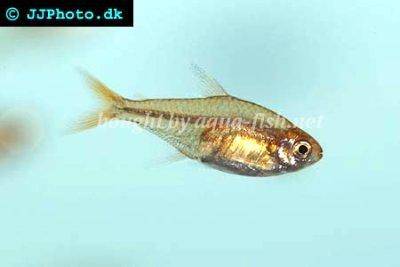


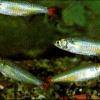 Bloodfin
Bloodfin 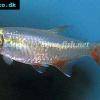 Bloodfin
Bloodfin  Panda
Panda 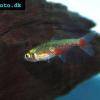 Green
Green 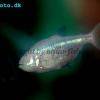 Blind
Blind  Kennedy
Kennedy 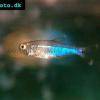 Blue
Blue 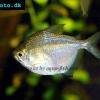 Discus
Discus 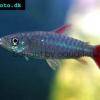 Pink
Pink 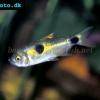 Bucktoothed
Bucktoothed 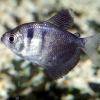 Black
Black 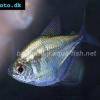 False
False 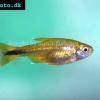 Silver
Silver  Hemigrammus
Hemigrammus 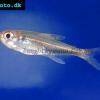 Dash-dot
Dash-dot  Rummy
Rummy 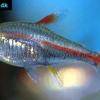 Glowlight
Glowlight 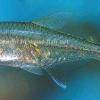 January
January 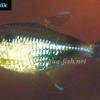 Head
Head 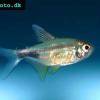 Garnet
Garnet 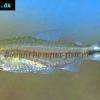 Rummy
Rummy  Gold
Gold  Red
Red 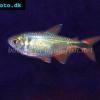 Buenos
Buenos 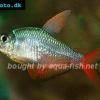 Colombian
Colombian 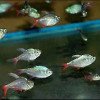 Ecuador
Ecuador  Bleeding
Bleeding 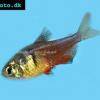 Flame
Flame 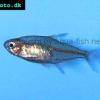 Georgett’s
Georgett’s 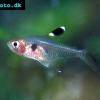 Griems
Griems  Kitty
Kitty 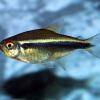 Black
Black 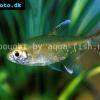 Firefin
Firefin 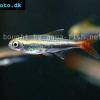 Loreto
Loreto 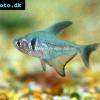 Black
Black 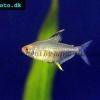 Lemon
Lemon 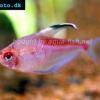 Redback
Redback 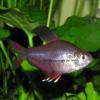 Rosy
Rosy 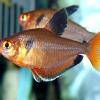 Serpae
Serpae 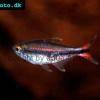 Savanna
Savanna 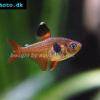 Red
Red 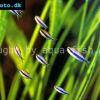 Blue
Blue 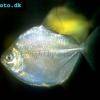 Silver
Silver 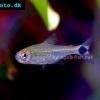 Ceros
Ceros  Napo
Napo 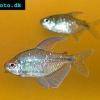 Diamond
Diamond 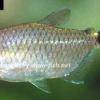 Red
Red 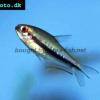 Rainbow
Rainbow 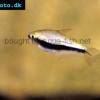 Emperor
Emperor  Cardinal
Cardinal 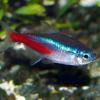 Neon
Neon 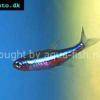 Green
Green 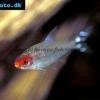 False
False  Glass
Glass 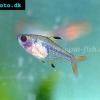 X-ray
X-ray 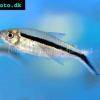 Penguin
Penguin